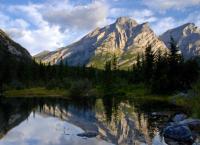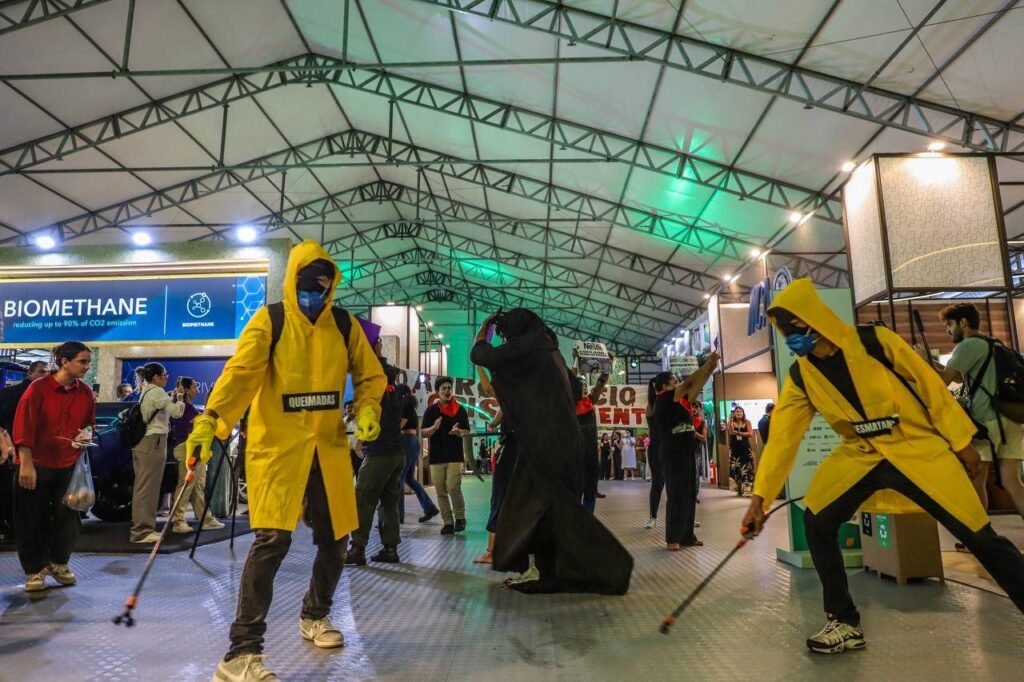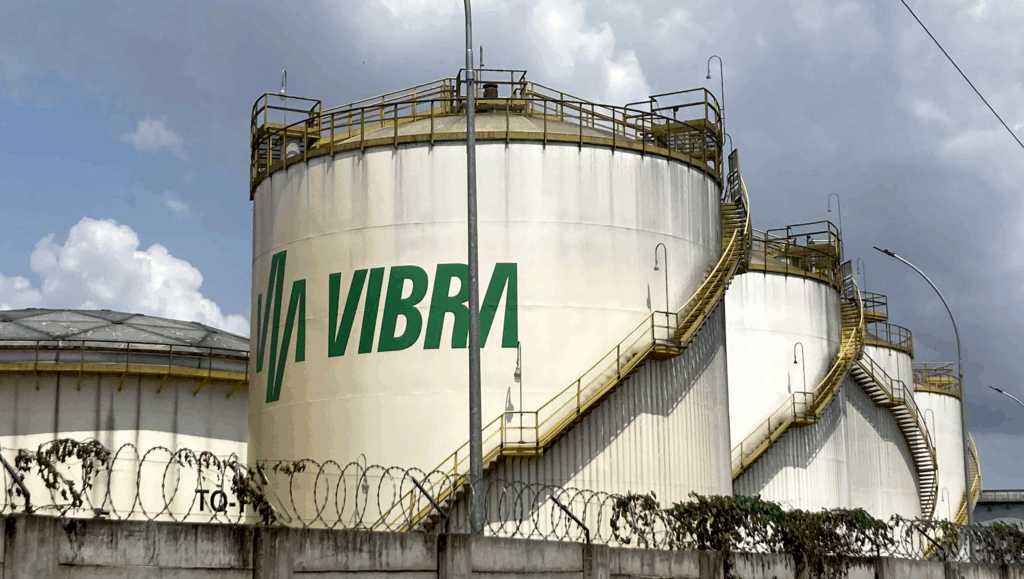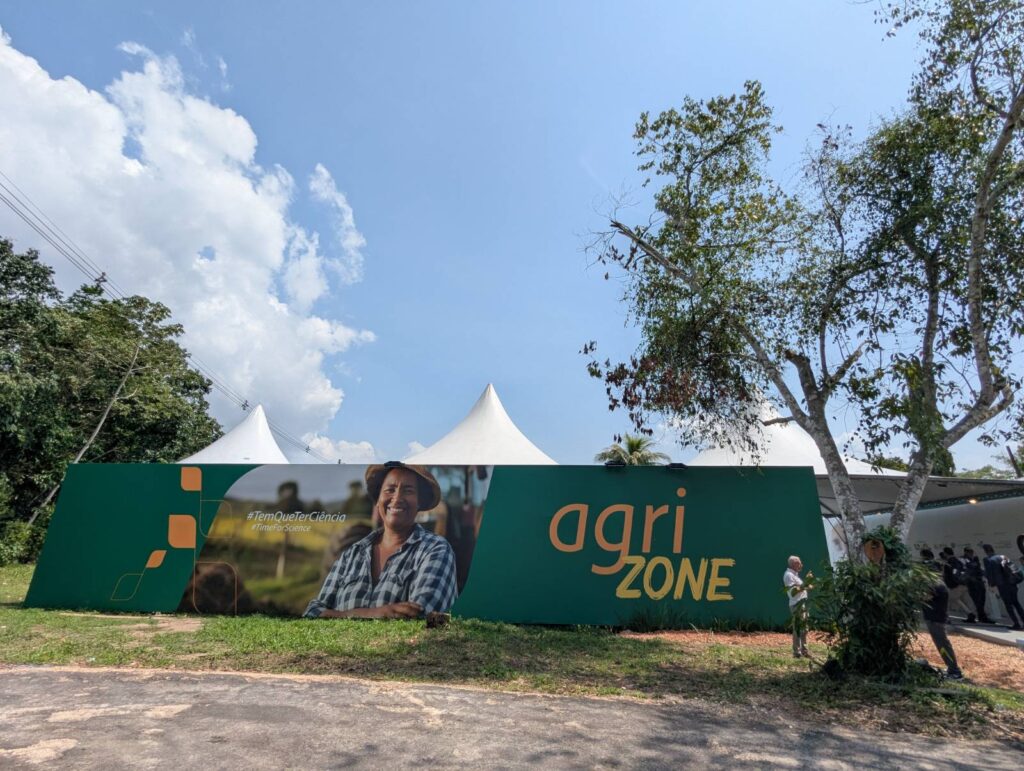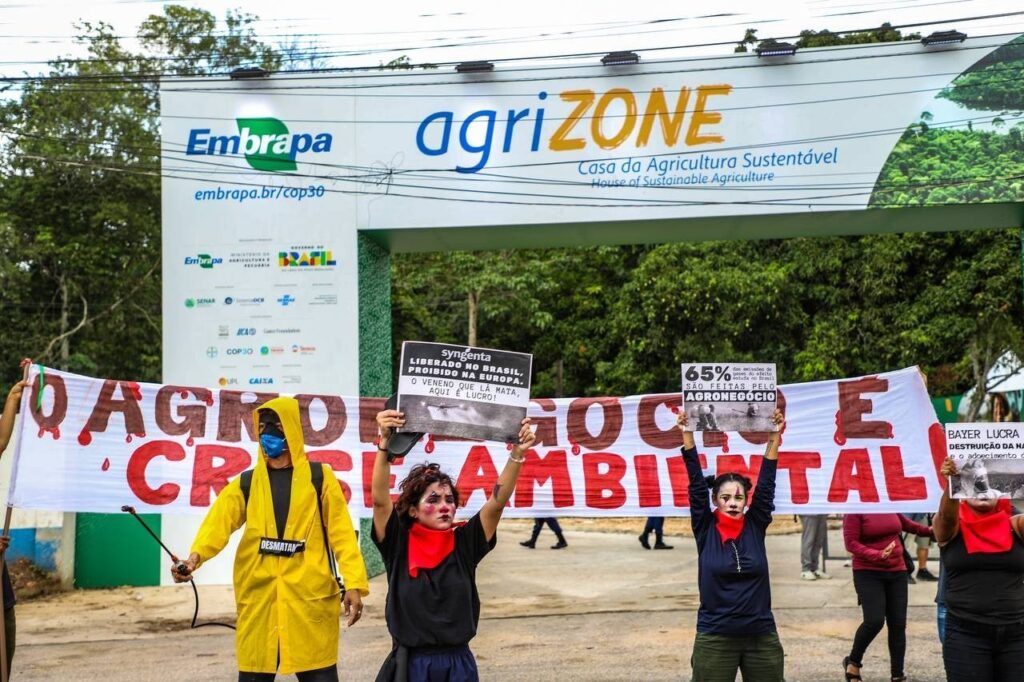This is Day 2 of my series “In Search of Al Gore: A Climate Pilgrimage.”
Sunshine in the Rockies
8:05 a.m. PST: Living on Vancouver Island, steeling glimpses of the Tantalus range or the Olympics – the distant peak of Mount Baker – it’s easy to forget what MOUNTAINS really are, but the first burst of sunshine over the Rockies sure puts life in perspective.
Of course, all mountains are relative. If you usually ski at Tremblant or Collingwood or, say, in Riding Mountain National Park in western Manitoba, you get used to using the word “mountain” in a context not quite recognizable in the Himalayas.
The Rockies are a good corrective, massive and wild, their craggy peaks rising above the treeline. To call them “forbidding” would be to imagine that they care about the ribbons of rail that wind about their feet. They stand immutable – stolid and regal against the cold, blue sky.
Mind you, we know that their apparent permanence is an illusion. We know that the snow and ice, the wind and (later in the season) the rain is wearing away at those not-quite impervious peaks. We know that human time is a geological nanosecond and that over the next few million years, these stately spires will be rubbed smooth and flat by the forces of nature and time.
The open question is whether humankind will be around to witness any but the most immediate changes. Because while we understand the erosion of mountains, we seem to be having trouble grasping the erosion of global biodiversity – the “wearing away” of species, the epidemic of extinctions that seems to be driving toward a large, ultimately unsustainable mammal monoculture.
Here’s a bet: the Rockies will still be here, vast and magnificent, long after humans are around to marvel at their splendour. The bet I won’t take is whether that eventuality will occur while my children’s children are still around to mourn the day.
Undone by the laws of physics
7:40 PST: Per an earlier post, my cosy quarters are just six feet long, which leaves something less than six feet for the Murphy bed that drops down from the wall. As I am just over six feet tall, that makes for a sleeping position that I found uncomfortably fetal. Coupled with the stopping and starting, the jiggling and lurching and the periodic screech of steel wheels on a cold track, that made for a restless night.
As I recall from earlier train trips, it usually takes a day or two to fall into the rhythm of all this – to get used to the noises and the gentle rocking – by which time you generally have to get off the train and try sleeping instead in a bed that is strangely still.
Still, a great new day. Not the best shower I have ever had, but certainly the best shower I have ever had ON A TRAIN. And a great breakfast, too. They’re going to have to install a treadmill in the activity car.
Jasper: Out of the WiFi wilderness, briefly
11:20 a.m. MST: Though VIA Rail advertises full WiFi on its Quebec to Windsor corridor, the West is mostly dark territory. The exceptions are the stations in Jasper, Edmonton and Winnipeg, where anxious passengers can run in, download their email (or upload their blog posts) and jump back on the train to resume the uninterruptable part of their journey.
Jasper is as breathtaking as ever – the huge valley reaching up to jagged mountaintops in every direction. The name always makes me think of some big, friendly bear (which many a park visitor has found to be a contradiction in terms). And the place itself reminds me of the three days I spent here in the early 1980s, awaiting delivery of a new windshield for a 1973 MGB after mine got shattered on the road from Edmonton. It’s nice to have someone else doing the driving
Oilberta: Ground zero in Canada’s war on carbon
4:15 p.m. MST, Between Edson and Edmonton: Looking out on the prairie sky, there is no indication that we are passing through a modern-day Sodom and Gomorrah. There are no black lakes of poisoned water, no billowing clouds of pollution; there is no visible tinge of irresponsibility on the horizon.
There are trees and fields, farms and highways – distant signs of prosperity, but no sign at all of venality or greed.
Yet, this is where Canada’s battle against climate change has come to a standstill. This is the power base for a federal government that sets unconvincing CO2 targets many decades in the future, and this is the freshly mandated seat of a provincial government that, till 2020 at least, refuses to set targets at all.
The Athabasca tar sands, Canada’s largest and fastest-growing point source for greenhouse gases, is set to increase output from its current rate of 25 million tonnes of CO2 per year to 75 million tonnes by 2018, and the provincial administration of Premier Ed Stelmach has said that’s just fine. The federal government – showing some embarrassment, at least – announced what the on national newspaper called a “tough new green plan” that purports to cap the CO2 output of “new” tar sands projects, but the fine print shows that those projects currently on the drawing board are exempt. It’s a get-out-of-jail-free card for the oil industry and a highway to disaster for anyone who hoped that Canada might start showing some leadership on this issue.
That irresponsibility, however, is a feature of Alberta (-based) governments, not of Albertans themselves.
A recent McAllister Opinion Research poll found that 81 per cent of Albertans believe that greenhouse gases should be “capped at current levels and then reduced.” On the specific question of new tar sands projects, 48 per cent of Albertans said none should be approved until “environmental management issues are resolved.” That puts Alberta in close step with Canadians as a whole (52 per cent) and not far behind the Quebecois, of whom 59 per cent dismissed the notion that these projects should be “permitted so as not to curb economic growth.” It’s interesting that former Conservative Premier of Alberta Peter Lougheed is among those arguing AGAINST unfettered expansion.
The oil companies are tending to argue that Alberta’s and Canada’s “prosperity” is at stake – that we need this oily bonanza. And there are some dazzling numbers that suggest this is true. Statistics Canada says that Alberta’s GDP rose from $23.5 billion in 2002 to $53.1 billion last year, and while Canadian GDP per capita was around $35,000 in 2006, in Alberta the number was almost twice as high.
Of course, that doesn’t mean that EVERYONE in Alberta makes $70,000 a year, even if the government boasts that fast food workers in Fort McMurray are the best-paid burger flippers in the country. Alberta wages have outperformed the national average, but the real dividends appeared in corporate profits.
So, two questions remain for many Canadians:
1. Why, as one of the richest and most resourceful nations in the world, can’t we do ANYTHING about the biggest and fastest-growing Canadian source of greenhouse gases?
2. And if Syncrude, Suncor, Encana, et al, have a free ride for the next 10 years, why should the rest of us spend extra money on funny-coloured lightbulbs, turn down our thermostats and ride the bus?
I can’t think of a sensible answer for either of those questions, but I’m confident of two other things:
1. Notwithstanding the results of the recent election, Albertans want to be part of the solution, even if their government does not; and
2. The quicker Canadians come to fully understand the forces contributing to climate change, the sooner those solutions will be found – even if the answers ultimately have to be spoonfed, forcibly, to the governments of the day.
Check out previous posts in Richard Littlemore’s series as he chronicles his journey across Canada to attend the Al Gore climate change presentation “boot camp:”
Day 1: The Via Experience, Planting a Goodbye Kiss, Kitchen Crimes and Great Bedding
Subscribe to our newsletter
Stay up to date with DeSmog news and alerts


